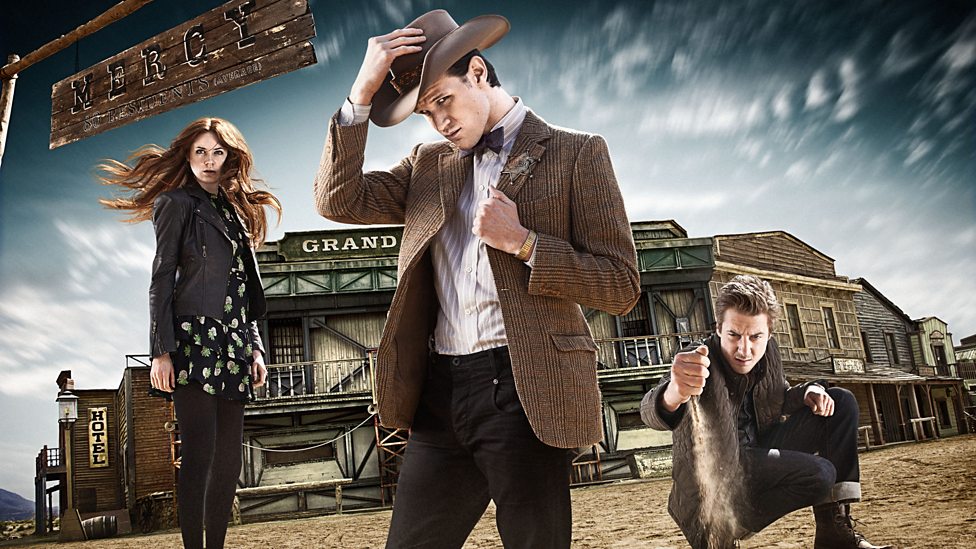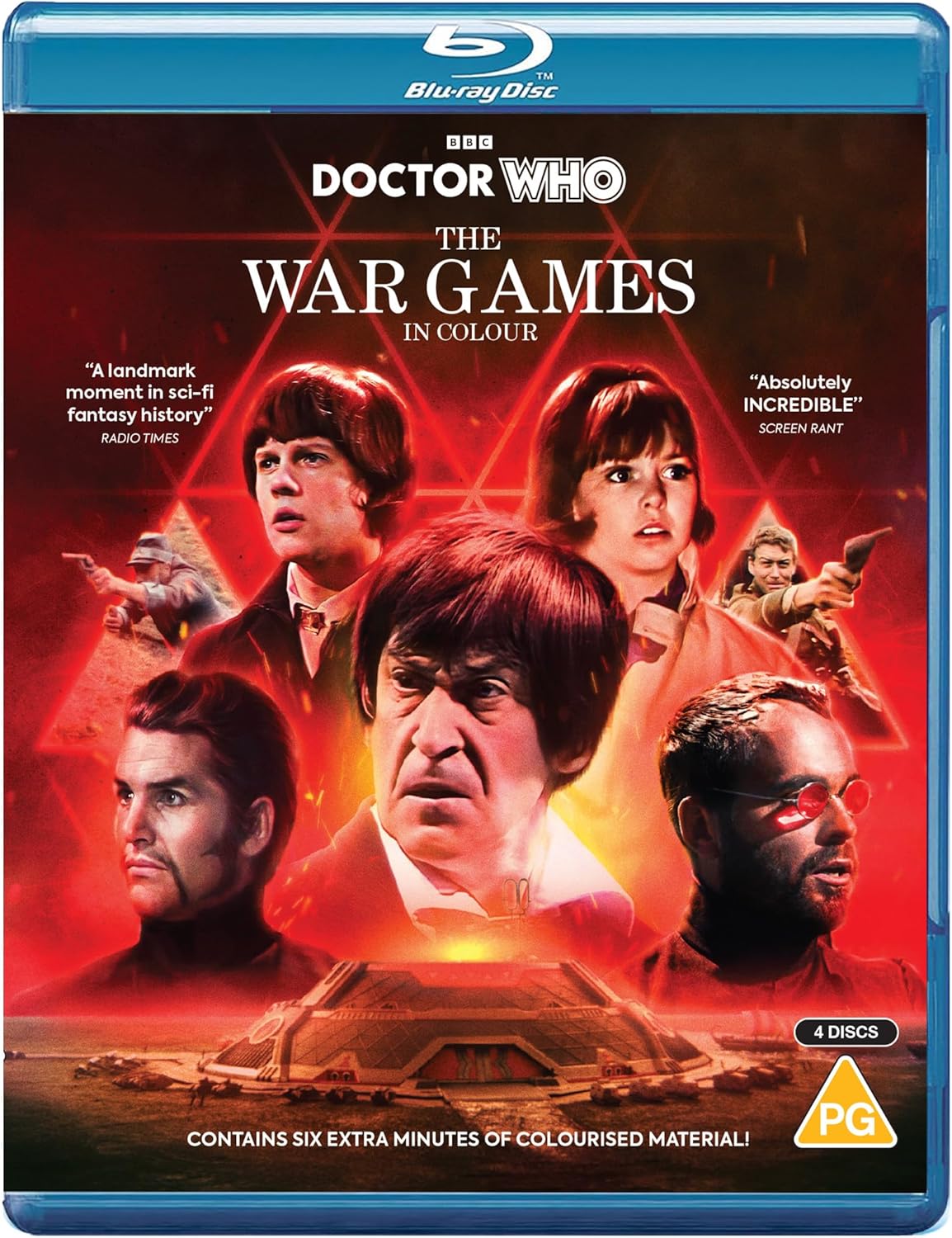What is it about Doctor Who that has kept it alive for so long? What is the secret to its success?

Despite its highs and lows, Doctor Who has survived, in one form or another, for over 60 years. It is no longer ‘just’ a TV show, but a franchise, a worldwide phenomenon. Its popularity has risen and fallen over the decades, and will doubtless continue to do so until the end of time. And yet, no one has ever been able to cut off its legs; like the Master, or any good baddie, the series has fiercely clung to life, sometimes limping, sometimes soaring. But why? And how?
Regeneration
In 1966, Doctor Who‘s producers had a problem. They knew it wasn’t feasible for them to continue with William Hartnell in the role, due to his ailing health. And they knew they couldn’t have Doctor Who without its titular character, but they were desperate to keep it on the air.
They therefore decided to recast – but they didn’t opt for a William Hartnell clone, or indeed choose someone who they could bury under old man makeup or a First Doctor wig. They picked someone staggeringly different – Patrick Troughton – and took the programme in a brand new direction.
And this is something the series has continued to do since the very first regeneration in 1966, when the Time Lord collapsed on the floor of the TARDIS and morphed into a new body. At first, this was a mysterious, unknowable process; it wasn’t until 1974 that the term ‘regeneration’ was coined and it became commonly accepted by the public that, from time to time, the eponymous hero would swap his body for a new one, and Doctor Who would acquire a new lead.
And some of these new leads were staggeringly different from their predecessors. Peter Davison, for example, was almost the complete opposite to Tom Baker in every respect – a conscious decision on the part of the producer John Nathan-Turner. And then there was the casting of Jodie Whittaker, the first female Doctor, which almost broke the Internet.
In short, one good reason the programme has continued to survive is because, periodically, it has been able to reinvent itself by casting a new hero, and almost make Doctor Who feel like a new series.
It’s more than one genre

Doctor Who might, to all intents and purposes, be a science fiction show – but in many ways it isn’t. Sylvester McCoy perhaps described it best when he said in a 2003 interview that it has been everything; “it’s been historical, it’s been hysterical,” he said.
And this is true. Tonally, it has been everything; it has been terrifying, and rib-ticklingly funny. It has been educational. It has been a spy thriller. It has been a fantasy show. It has been a Western. There is no genre that Doctor Who hasn’t touched.
Indeed, there are some stories or eras that are so different from one another that it’s hard to tell it’s the same show; try watching ‘The Satan Pit’ followed by ‘Love & Monsters.’
Simply put, Doctor Who has such a flexible format that it can be (and indeed has been) anything and everything. Doctor Who might not get everything right all of the time, but it seldom repeats itself; the TARDIS, after all, can go to any planet in the known universe, and to any date in that planet’s existence.
The fans
This may sound cheesy, but this is quantifiably true; the fans have literally kept Doctor Who alive. Take a look at the show’s missing episodes, for example; there are 97 currently, but this number would be vastly different if dedicated fans like Ian Levine and Philip Morris hadn’t physically saved them. For instance, Levine staged an intervention on the day ‘The Daleks‘ was scheduled for the inferno, and Philip Morris travelled to Africa to check a long list of the country’s archives, in person. We wouldn’t have the vast majority of vintage Doctor Who if it weren’t for these men.
But then there is also the dreaded Wilderness Years (1989 – 2005) when Doctor Who was scarcely on the air. If it hadn’t been for fans rallying together, it might have disappeared for all time. Philip Segal fought fiercely, for seven years, to acquire the rights for a Doctor Who movie, which finally aired in 1996 when nobody was else was interested in making it. And then Russell T Davies persisted in the early noughties, badgering the BBC to let him produce a brand new series of adventures. They eventually agreed in 2003, and the only reason the programme is on the air today is because of Davies’ pestering.
But other fan-driven projects were happening alongside this. Reeltime Pictures produced the famous Myth Makers interview series – a range of VHS tapes (and later DVDs) which spotlighted many famous faces from the Whoniverse, led by Nicholas Briggs. This man, of course, would later go on to become a writer, actor and producer at Big Finish – another institution borne out of fandom which ultimately acquired the licence for Doctor Who audio dramas.
Many fans would go on to write for Big Finish, and for the TV show itself, like Rob Shearman and Paul Cornell. And then there are self-confessed Doctor Who obsessives like David Tennant and Peter Capaldi who actually became stars of the show. Other fans like Steven Moffat and Chris Chibnall, meanwhile, went on to become showrunners.
Russell T Davies put it best in a recent interview to Newsround when he said: “I kind of know that the Doctor’s reached the status of, like, Robin Hood. Sometimes there might be a pause, and during that pause, the viewers of Newsround now will grow up a few years and start writing stories and they’ll bring it back.
“So I have absolute faith that [it] will survive because I am living proof of it and that’s what happens to good ideas. No good idea ever dies.”
So let’s remember that, dear reader, as I reach the end of my 554th Lovarzi article that I have penned in my capacity as a writer and ‘professional fan.’ No good idea ever dies.









Leave a Reply